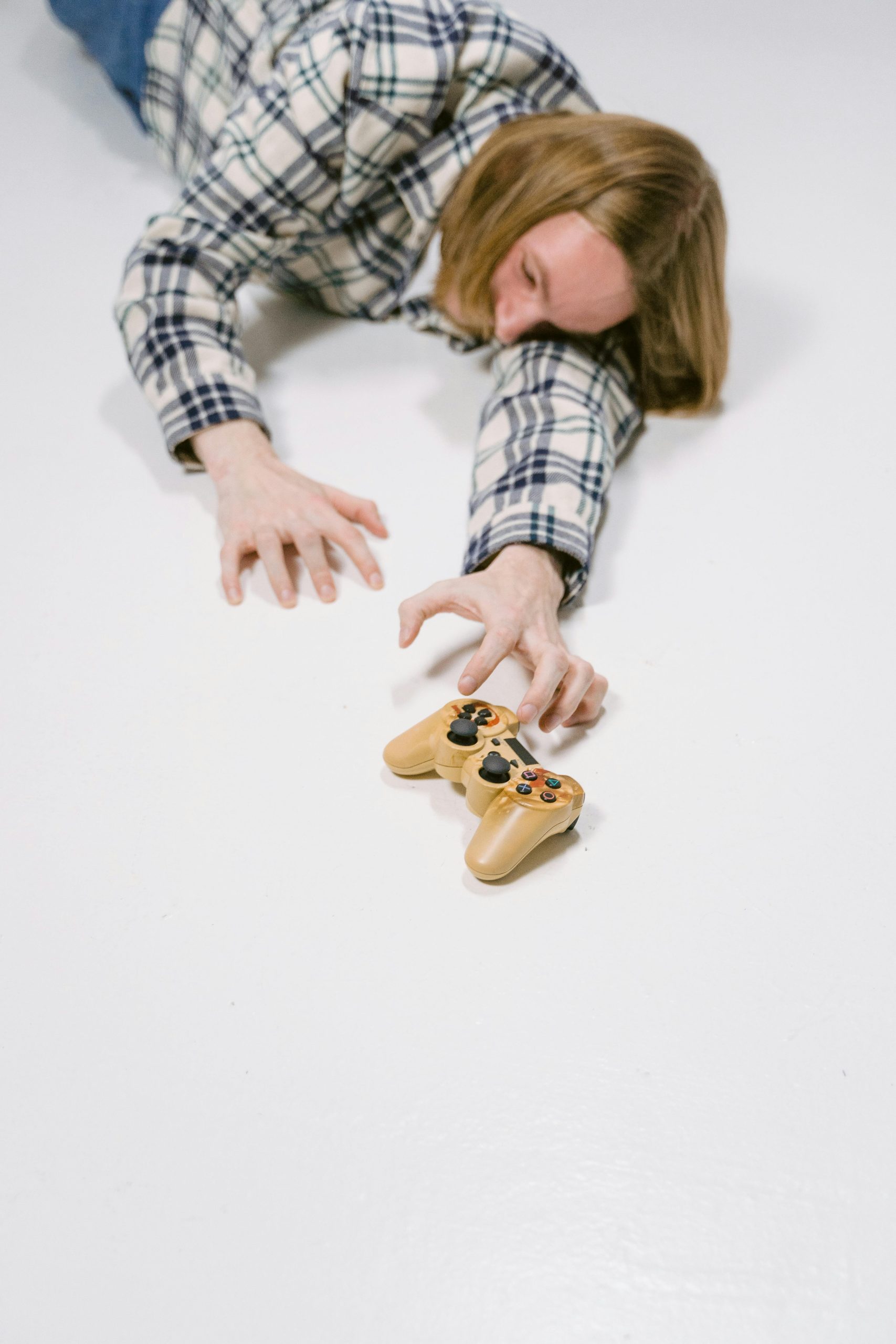Troubleshooting Unexpected PC Crashes During Gaming: A Guide to Diagnosing and Resolving Display and System Failures
Experiencing unexpected system crashes and display issues while gaming can be frustrating and disruptive. If you’ve noticed that your PC intermittently glitches out, shuts down unexpectedly, or exhibits visual anomalies during gameplay—particularly with titles like League of Legends or REPO—it may be indicative of underlying hardware or software problems. This article aims to guide you through identifying potential causes and steps you can take to resolve such issues, even if you’re not a technical expert.
Understanding the Symptoms
Common symptoms include:
- The primary monitor turning completely black or white unexpectedly.
- Secondary monitor displaying colorful, scattered glitches after the primary issue.
- Audio remaining functional while visual issues persist.
- Microphone cutting out intermittently.
- The PC shutting down abruptly after several minutes, followed by automatic restart.
Possible Causes
While these symptoms can be caused by various factors, some prevalent culprits include:
- Graphics Card Issues: Overheating, driver conflicts, or hardware failure.
- Power Supply Problems: Insufficient or failing power units leading to system instability.
- Driver or Software Conflicts: Outdated or corrupted graphics or motherboard drivers.
- Overheating Components: CPU or GPU overheating causing system shutdowns.
- Faulty Hardware Connections: Loose or damaged cables, especially associated with monitors or graphics cards.
- System Memory Errors: RAM issues causing instability during high load.
Troubleshooting Steps
- Check Hardware Connections
- Ensure all cables connecting your monitors to the PC are secure.
-
Inspect for any visible damages or loose connectors.
-
Monitor Temperatures
- Use free tools like HWMonitor or MSI Afterburner to observe CPU and GPU temperatures.
-
Ideally, maintain temperatures below critical thresholds (usually under 85°C for GPUs).
-
Update Drivers
- Visit the GPU manufacturer’s website (NVIDIA, AMD, or Intel) to download the latest graphics drivers.
-
Consider updating your motherboard’s chipset drivers as well.
-
Test Hardware Components
- Run stress tests on your GPU and CPU to identify instability.
-
Use built-in diagnostics or third-party tools to test your RAM (e.g., MemTest86).
-
Check Power Supply
- Ensure your power supply wattage meets the demands of your hardware.
- Listen for unusual noises or buzzing from the PSU, which might indicate
Share this content:



